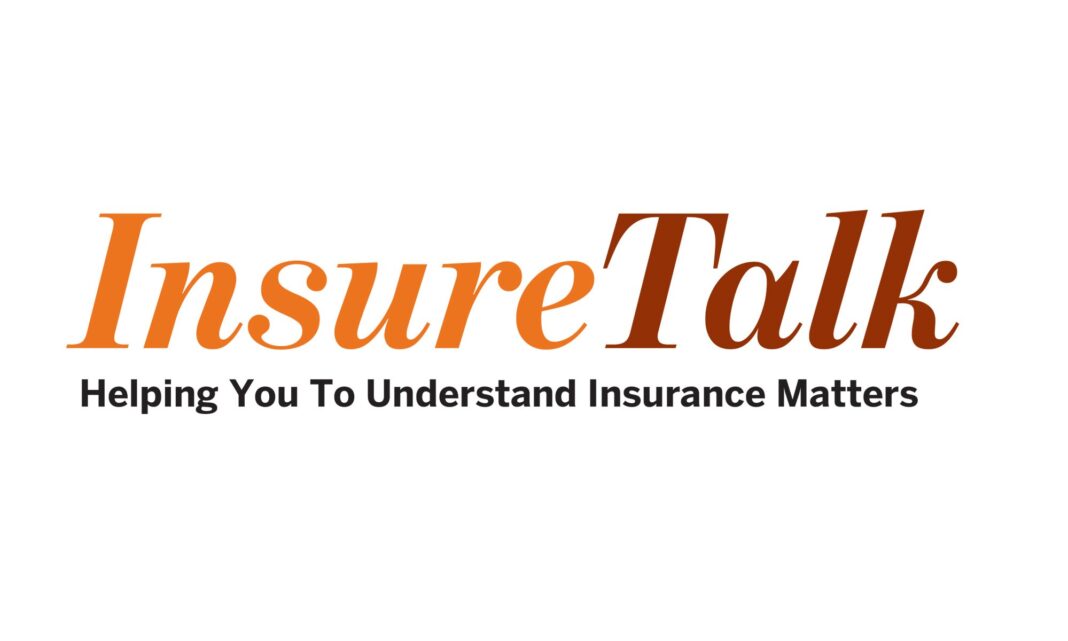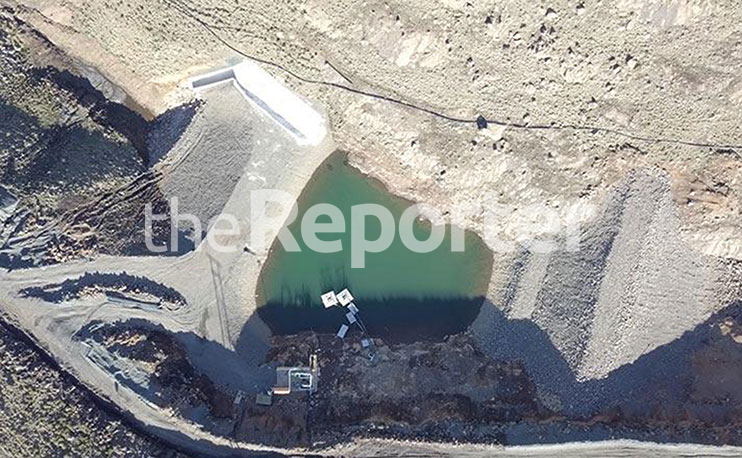The COVID-19 pandemic has affected many businesses in many different ways, therefore talking about savings is relevant in these trying times. If you are not happy with paying expensive premiums, then read on or pass it on to your company’s insurance buyer. The right Insurance coverage is an intergral part of your risk management. Since it comes at a cost, you still must have policies and rules in place to reduce risks and save some premiums.
Insurance premiums are a complex computation that is done by the underwriters and actuarial teams within insurance companies. However, as a business, you can do several things involving risk management and improving health and safety standards inside your company to help bring down the costs of insurance. It is this point that we need to explore more in this article on how you can influence your premiums downwards.
Premium determinant factors includes the risk co-efficient factor. As mentioned above insurance is a mechanism of risk transfer, and the transfer is done at a price that is called premium and putting it simply, it’s a price for the unit of risk transferred. The main goal of insurance is to a risk transfer mechanism to a third party and in most cases the insurance companies also known as the underwriter. This is where insurance has a valuable part to play in returning the organisation to its previous state, as far as practicable. The insurance companies, therefore, they assume the risk and undertakes to indemnify or compensate a loss occurs. Now for the insurance companies to come up with the price for the risk assumption, they develop models which are based on the probability of the loss happening. The lower the likelihood of the loss happening, the less the risk premium.
Risk management process is of interest to the insurance companies and it is therefore essential to demonstrate that it is in place. Risk management is defined as a process whereas the company identify risks, analyse them, and then working out the most cost-effective method to control them. The reason why the insurance company has an interest in this is because it reduces the probability of the loss when implemented effectively . As the likelihood of loss reduces so does your premium, and it is as simple as that. It is recommended to consult with he risk reduction specialist who can develop a comprehensive risk reduction plan that results in the reduction of insurance costs.
Free risk assessments are available. Most insurance companies offer the risk surveys for free, and you can take advantage of such free risk assessments where the risks are identified, and a plan to control or reduce is agreed upon. If the approved program is executed there will be premium reductions, and that is a saving to the business. If the risk is, however, is what was not perceived when the insurance company assumed the risk, they may review the premium upwards, or they may put the policy warranties or restriction of covers. This all goes to demonstrate that risk management has a crucial role in price determination in property insurance.
Lowering the level of risk. After the identification of the risks from the assessment, it is therefore vital that the company then takes steps to reduce the level of risk for example by installing the fireguards around your property, fire sprinklers or it could be the increase of the water reservoirs at the manufacturing plant. The risk-mitigating instruments change the gross loss distribution and therefore lowers the occurrence of the operational risk. There is a double benefit in making such an investment the premium is reduced, and the chances of losses are reduced, and that is to your advantage. The premium savings that are realised over a long period, and if you do the calculations, it is far much better to implement risk improvements.The risk improvements might have a high initial cost, however the rate of return results in a payback interms of insurance costs reduction in the future.
Claims experience determines the premium charged by an insurance company for the risk. The insurance companies use claims experience in determining the current premium. In their model, they factor in the loss ratio, and this is the reason why you will be advised that the premiums are going up this year because the loss ratio was high. The risk prevention initiatives are helpful in reducing the claims experience and this will translate into the premium costs reduction. When your loss ratio is lower, the premium tends to reduce. Insurance economics informs us that the demand for your risk from insurance companies in a market increase if the claims experience is low and hence as the insurance companies competes for your account you will get the benefit of lower premiums. To the contrary, if the loss ratios are shooting through the roof, the risk is shunned by the markets, and that increases the risk premium. By managing risk through an organisation can reduce their claims profile, and often this will result in lower premiums.
Increasing your deductibles results in premium savings. When you know your risk reduction strategies are in place, there is an increase in your comfort to take more of the risk through the increasing of your deductibles. There is an inverse relationship between the premium and the deductibles or excesses. The more deductibles you take, the less premium that you pay. Deductibles or excess is your participation on the risk and most property insurance policies as the insured you contribute to the claim by paying a percentage or a flat amount of the claim. The main reason why insurance policies are structured in that manner is to encourage you to ensure that you act responsibly in handling the risks. You will try harder to prevent accidents because you have to pay part of the resulting losses. Inside the insurance companies, they call it the insured’s risk attitude and behaviour influence. If you participate on the claims, you will ensure that you put in place measures to reduce the occurrence of the claim. Now when you implement the risk reduction strategies, you become more comfortable with increasing your deductibles, and that reduces premium as described above.
Self-insurance When informed with the outcome of effective risk reduction strategies, there are other elements of the business you may end up self-insuring. When a company buys an insurance policy, it retains risks that are excluded by the insurance contract and for example, wear and tear of assets. This type of risk retention is involuntary; however, the businesses may also retain some risks voluntarily. Large companies the size of public utility companies have wider options for self-insuring risks. Small to medium companies do have options as well although at smaller scale. Self-insurance can influence good your risk management practice and it is beneficial to the business. This should be done through consultation of insurance advisors, or risk expects because it can ruin your business if you set up the parameters wrongly. The major disadvantage is that the loss might be higher than the out of pocket costs.
In conclusion, Insurance companies view your business more favourably if you can prove you have a stable risk management plan in place to minimise the impact of potential claims. It will help you reduce insurance premiums.
▀ Amon Rupiya is an experienced insurance practitioner qualified with a Masters in Insurance and Risk Management.He writes in his personal capacity. Views contained in the article do not represent the company he is working for. Please note that the content provided in this article is intended as an overview and as general information only and should be used discretionary. Seek professional advise from an insurance broker or agent. Feedback and questions send email to amonfield@gmail.com









